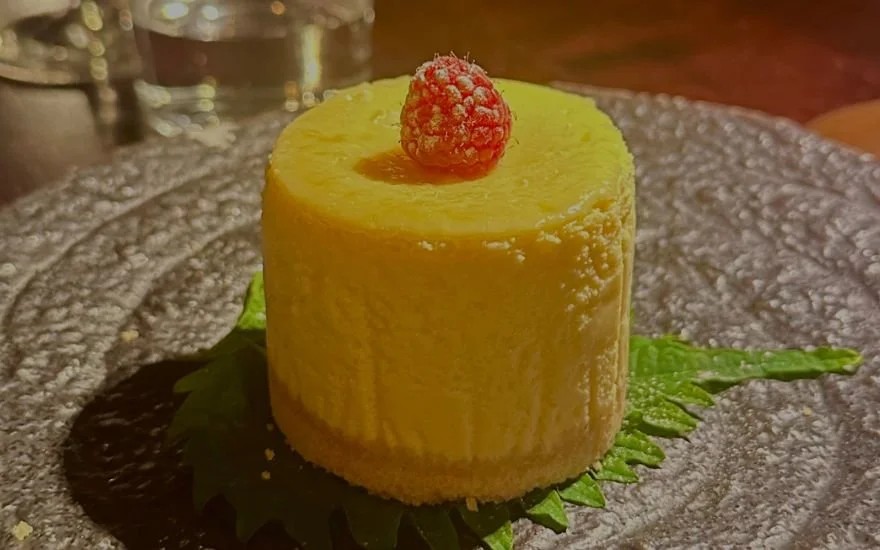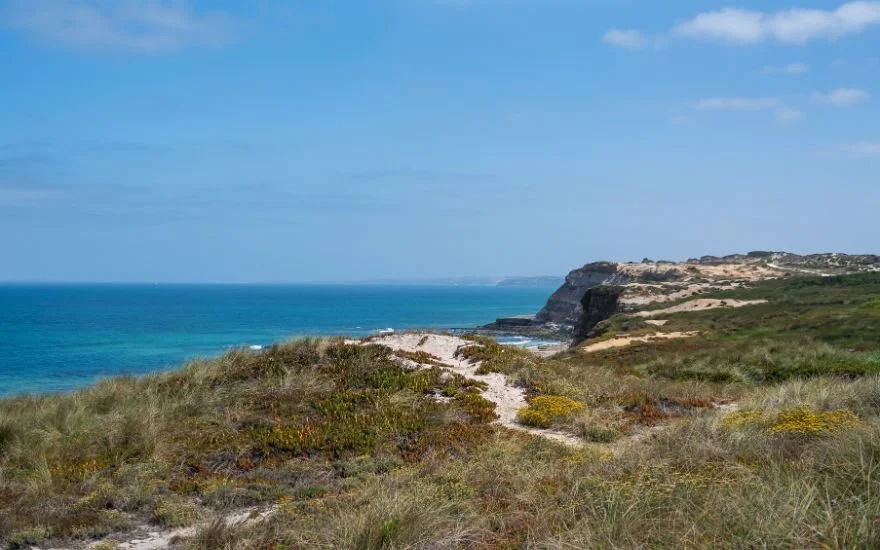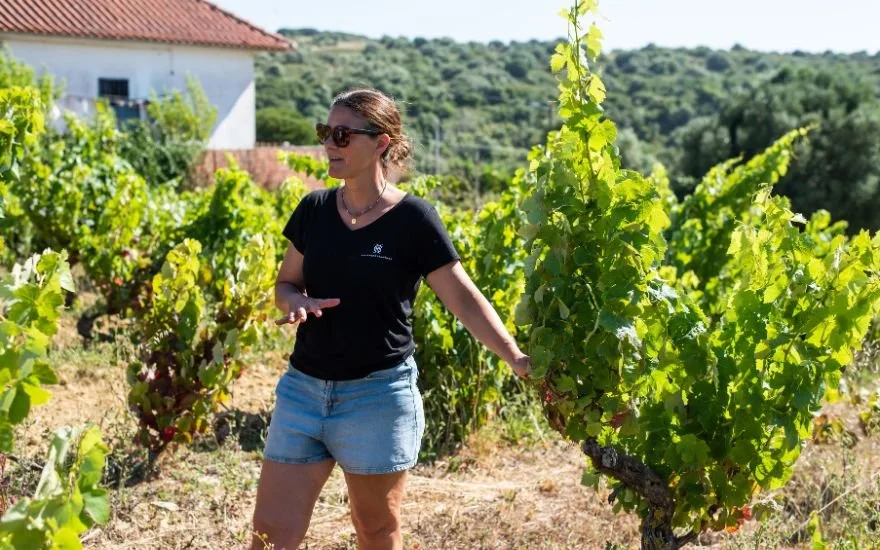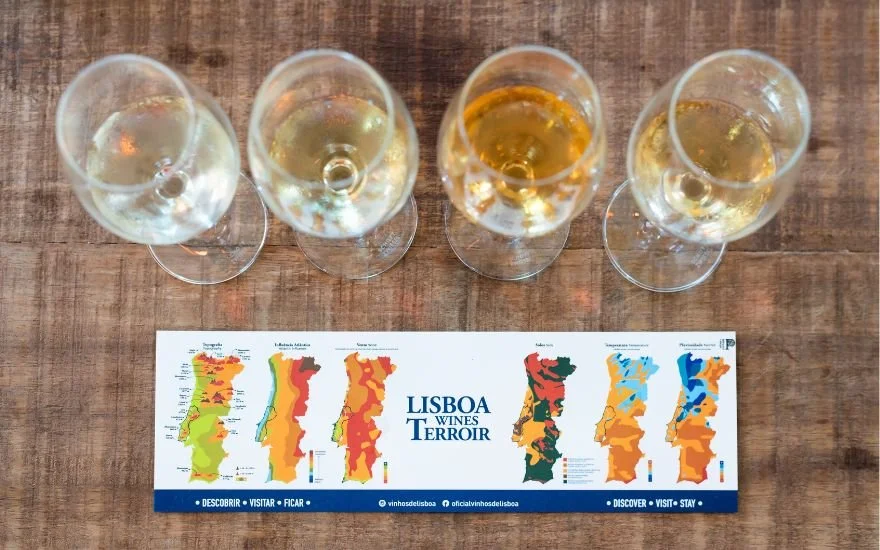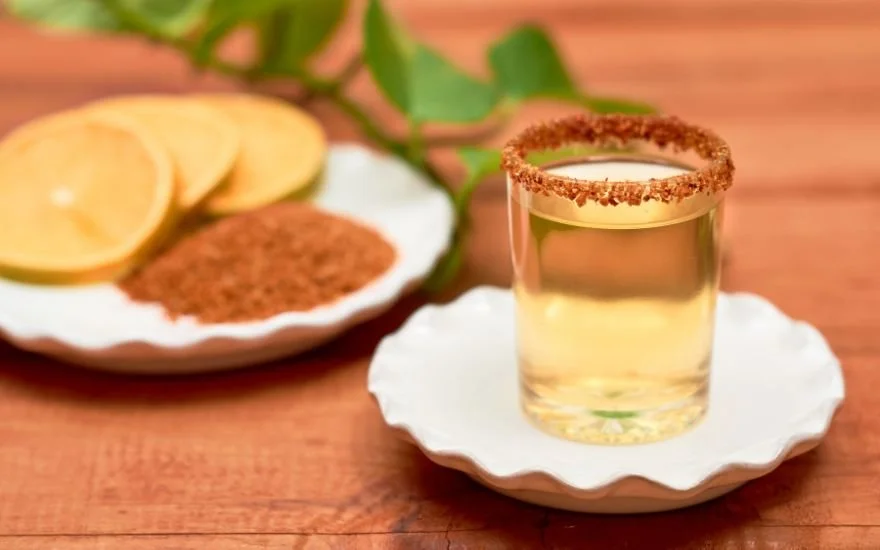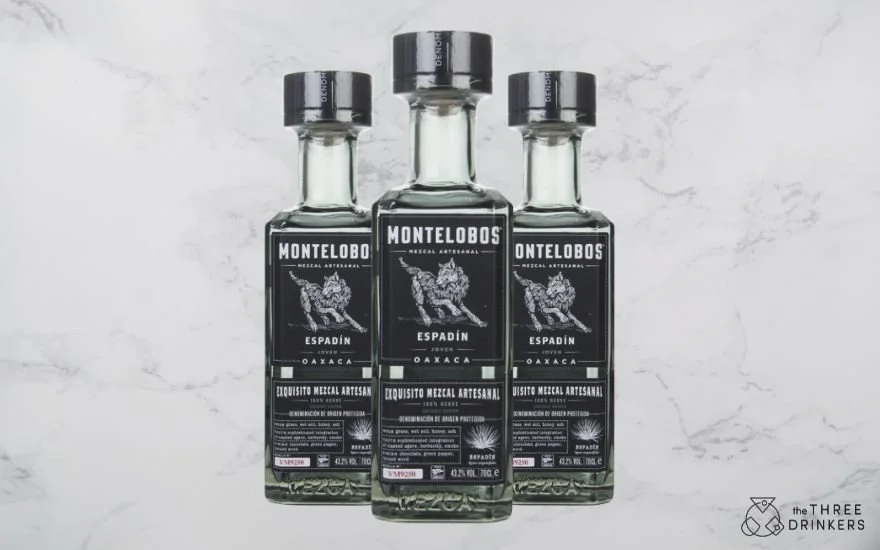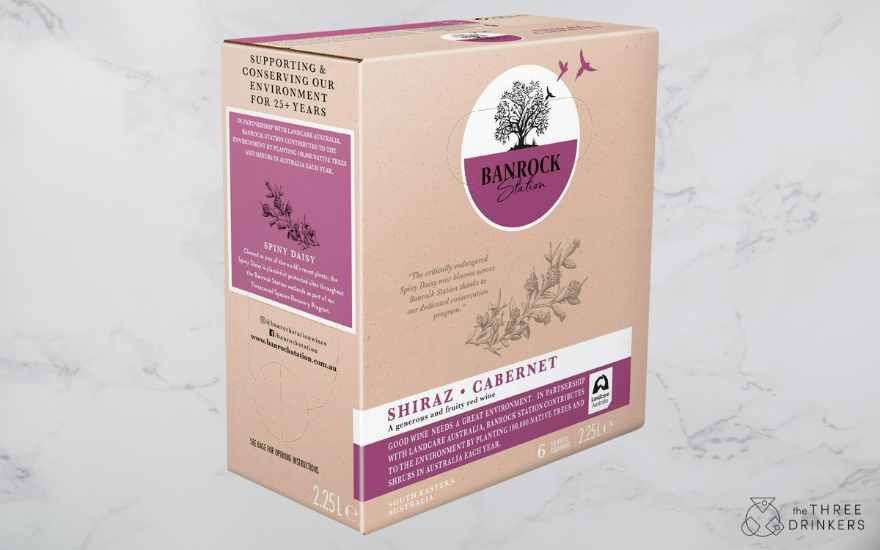Spicy Tuna Roll (Photo Credit: AKA Communications)
Tucked away on the northern end of Notting Hill’s infamous Portobello Road lies a hidden gem of Japanese cuisine, offering first-class sushi in a comfortable, homely setting.
Ukai Bar & Restaurant is a modern Japanese restaurant that has vividly taken over what used to be a classic British pub, making your first step inside like nothing else you might imagine. The soaring artwork above the door, lush flora wrapped across the facade, and the quintessentially Japanese touches of comfort promise a hidden luxury to be discovered. A discovery cleverly reserved for the dinner table.
Ukai’s kitchen is headed up by Alessandro Verros, who trained at the prestigious ROKA Collective, bringing the same quality of execution and a robata (short for robatayaki) grill, a “fireside” barbecue style of cooking that offers an expansive list of delightful dishes.
We sat down in the cosy restaurant side of the space, with a generous table perfect for showcasing the spread that was about to come, as we had opted for the signature tasting menu accompanied by a sake pairing.
Shrimp Tartare
Tasting menus are a great way to explore a restaurant’s food as the chef intended, the next best thing to a full “omakase” style Japanese dinner. In classic Japanese fashion, the attention to detail in the food was superb, and the dishes demonstrated true craftsmanship, just as much works of art as they were delicious.
Well-seasoned edamame followed by red shrimp tartare and wagyu tataki with truffle set the tone for the rest of the evening. The edamame was salted just right to awaken our appetite, and the shrimp tartare was fresh, brightened by citrus and had savoury brine to balance the touch of sweetness. It’s easy to get complacent with wagyu, but quality meat alone does not make a quality dish.
Wagyu Tataki
Thankfully, the thin slices of beef were wonderfully cooked, melting in the mouth with an indulgent fattiness and a welcome amount of truffle. Paired with these was a sparkling sake with light pear and apple notes and a silky texture whose sweetness made a great reset from our starter at every sip.
Sashimi Platter (Photo Credit: AKA Communications)
Naturally, the sushi at Ukai was the main feature of the tasting menu, and our platter was a spread of the best serves they had to offer. The sashimi was soft and fresh at every bite, the prawn tempura roll had a great crunch, and the sushi rice across the platter had a unique texture that really stood out.
My favourite was the spicy tuna roll; a classic staple in many venues, but at Ukai, it was presented with gorgeous little touches that widened the eyes, and the avocado was creamy and bridged the flavours for great harmony. The sake for this course was a Shichiken Junmai, which had aromas of melon and citrus with a fresh acidity to reset the palate for the fish.
Beef Fillet and Salad
The beef fillet, accompanied by the lettuce and radicchio salad, was a hearty follow-up to the sushi. The meat was well-cooked, fell apart delicately, and the salad was crisp with a lightly bitter finish. We enjoyed a junmai daiginjo sake pairing for this course, another junmai - the rice polished to over 60% in this case.
Rice polishing is a sake brewer’s technique of preparing the rice for fermentation, stripping away excess fats and proteins, resulting in a more delicate and floral style of sake.
Yuzu Cheesecake
We couldn’t help but round out our meal with dessert, opting for the yuzu cheesecake that had hints of lime blossom and a crumbly almond biscuit base. It was a blissful evening at Ukai, and the addition of a DJ to curate the music in the venue was a highly appreciated touch.
Whilst the beef fillet and salad were exquisite, I found it to be a departure from the traditional Japanese cuisine we enjoyed throughout the rest of the meal. This became more apparent when we each had our own beef fillet, but the sushi platter was shared. Given that the sake-paired tasting menu is £70 per person, I would have preferred a larger focus on the latter strength of the restaurant and an alternative use of the robata grill.
Aside from this, the service, the staff, and the venue in general genuinely made for a cosy evening, a welcome change from the more sleek style of Japanese restaurants one might otherwise find.
Ukai is certainly the top Japanese restaurant in Notting Hill, and is worth the visit if you’re into Japanese food but want to enjoy quality in a more homely, relaxed atmosphere.
NB: I was invited to review, and my meal was complimentary. All views are my own and not influenced by anyone other than my own palate and experience.






